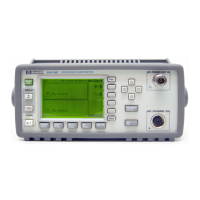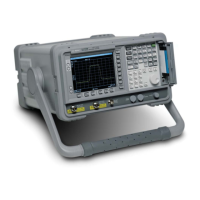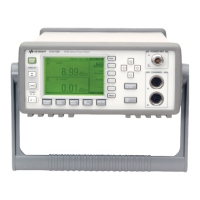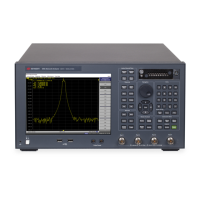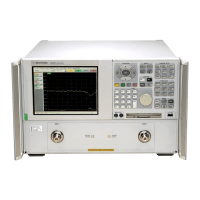Chapter 3 43
Making Fault Location Measurements
Basic Measurement Procedures
Figure 3-2 Definition of the impulse width and the step rise time
Effect of the window function on the response resolution
Lowering the sidelobe level with the window function elongates the width of the
impulse signal and the rise time of the step signal. As described in
“Effect of
frequency sweep range on response resolution” on page 41, because the response
resolution is equal to the width of the impulse signal and the rise time of the step
signal, lowering the sidelobe level enlarges the response resolution. The following
table shows the relation between the response resolution and the window setting.
Table 3-1 The shape of window and response resolution
Figure 3-3 shows how the response changes when changing the window shape. You
can see that, if the magnitudes of adjacent peaks are comparable, you need to make
the resolution higher and, if they differ significantly, you need to set the window so
that smaller peaks with lower sidelobes appear.
Window Low pass step Low pass impulse Band pass
Minimum 0.45/frequency span 0.60/frequency span 1.20/frequency span
Normal 0.99/frequency span 0.98/frequency span 1.95/frequency span
Maximum 1.48/frequency span 1.39/frequency span 2.77/frequency span
